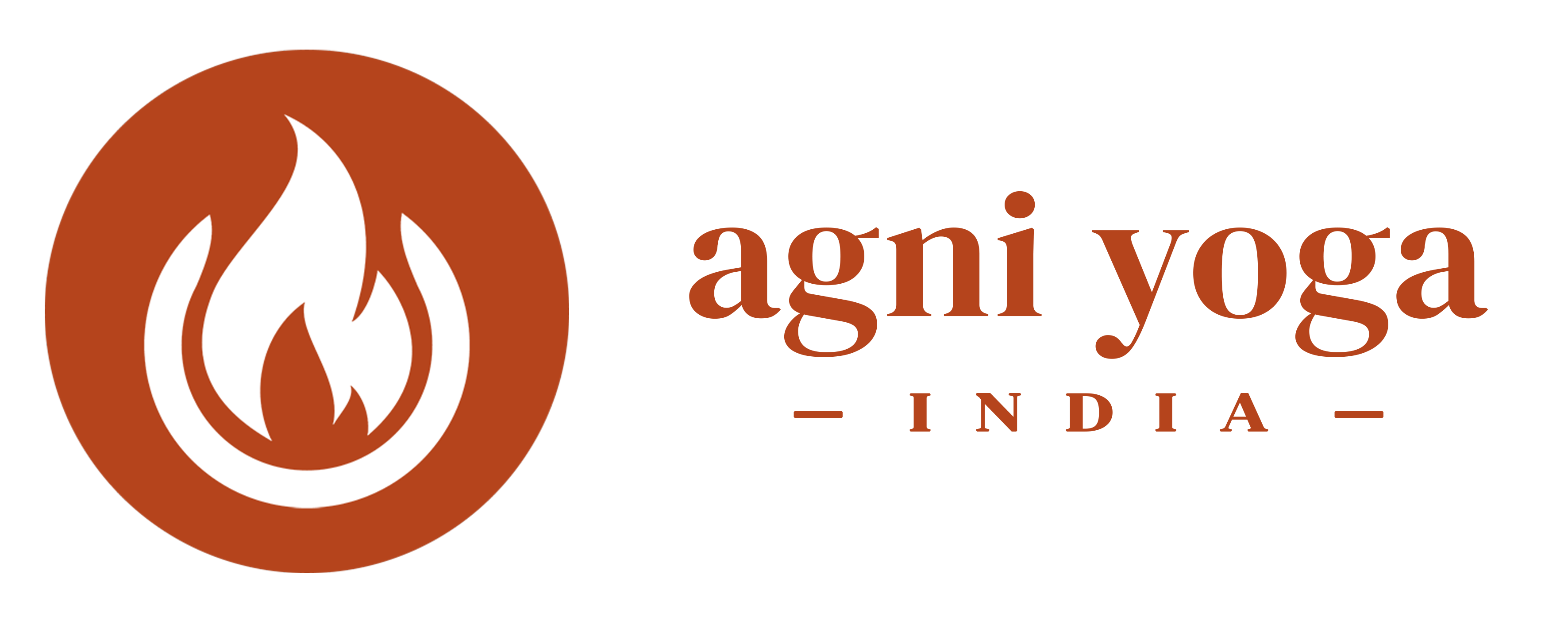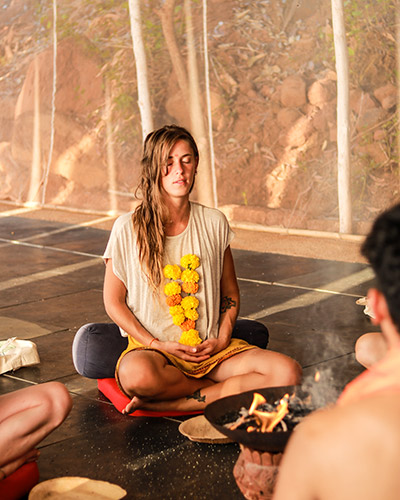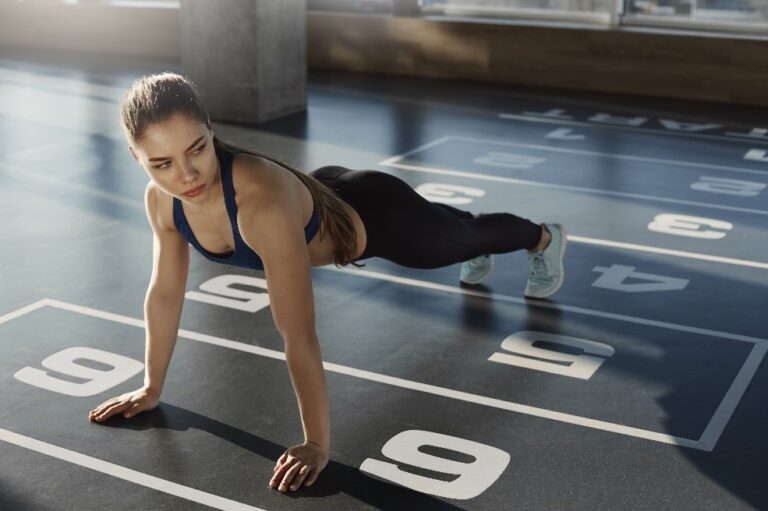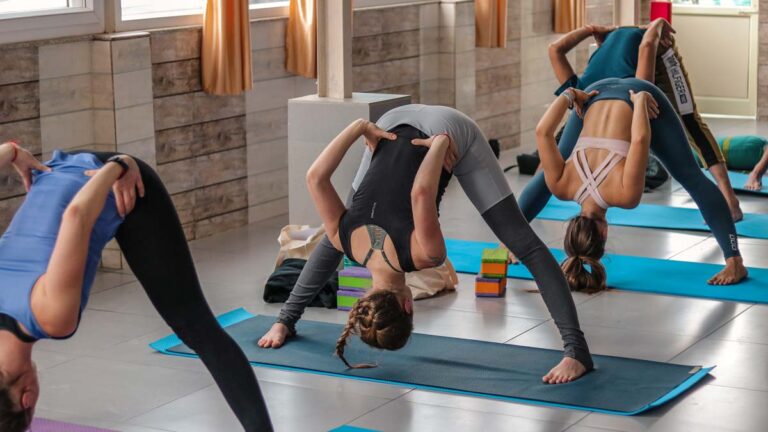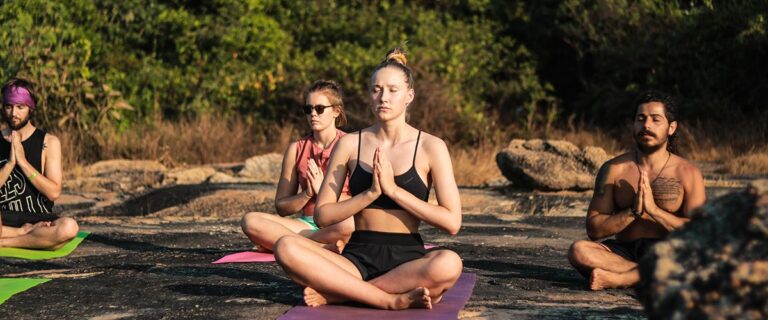The 5 Best Yoga Poses for Improving Your Flexibility
One of the essential factors and parameters of excellent physical health is flexibility. If you observe kids, they are extremely flexible but as we grow our flexibility reduces to a large extent. A sedentary lifestyle, stress or bad posture and movement patterns can make our body lose its flexibility.
Flexibility refers to your muscles’ ability to stretch, allowing your joints to move through their full range of motion. You must be flexible to go about your daily life – to move freely and pain-free. If you exercise, flexibility is essential for proper movement technique and injury prevention.
Being flexible does not imply being a super-flexible gymnast or contortionist; it simply means that your muscles can stretch when necessary, allowing you to move as efficiently as possible. Flexible and relaxed muscles carry more strength and reduces the chances of cramps and stiffness.
This article will discuss how yoga improves flexibility, the advantages of developing flexibility, why your body should be flexible, etc. along with featuring the 5 best yoga poses for improving your flexibility in your back, hips, core, neck, and shoulders.
But, how do you know whether you lack flexibility?
You may not realise how inflexible you are until you step onto a yoga mat. Our bodies are extremely adept at making our daily routines as comfortable, swift and energy-conserving as possible.
However, you may experience pain, either intermittently or continuously, specifically in the neck, lower back or shoulders. When you wake up in the morning, you may feel stiffness in your neck or back, and you may be unable to perform certain activities due to a lack of flexibility.
So, how does yoga improve flexibility?
Improving flexibility is one of the most common reasons people begin to practice yoga, and it is one of the areas with the most solid research behind it. Of course, yoga is much more than stretching and bending, but it does bring improvement exceptionally well. This is because yoga is holistic and integrative like the spiritual tradition from which it evolved.
This is how yoga improves flexibility –
- Yoga is a combination of dynamic and static stretching while also focusing on the role of the breath in releasing muscle tension.
- Yoga works at a deeper level with the nervous system.
- It also includes interoceptive training where you learn to listen to your body and understand what going on, on the inside.
- You understand and recognize that everything in your body is linked.
- You learn that muscles can be stretched from a variety of angles and why you should stretch them from different angles.
- You learn and practice the sequence of poses to perform deeper stretches.
When you do static stretching, you stay in a pose for a short period to allow your muscles to relax.
Dynamic stretching entails moving in the pose and pulsing or moving into and out of it repetitively.
Flexibility and Yoga – Advantages and Why Should You Aim for a Flexible Body?
The ultimate goal of yoga is self-discovery through ongoing meditation. However, the strength and flexibility of our bodies determine how long we can sit in a meditative posture. Even for a minute, it could be challenging to sit still if your body is under stress. For this reason, advancement on the yoga path requires excellent health. The different asanas make sure the body is flexible enough to allow the seeker to sit quietly and meditate for hours at a time, even days, to reach the state of liberation.
Thus, to reap the maximum rewards of yoga, the body must have a high level of resting flexibility. A seeker advances to the following stage of the yogic life when his body reaches a great level of flexibility.
Even in our day-to-day lives performing a variety of tasks requires flexibility. The ability of a physical part or joint to perform a variety of functions becomes better and increases with joint and muscle flexibility. Flexibility improves bodily movement, which eventually results in more powerful muscles and endurance.
The body’s lack of flexibility makes it challenging to do different asanas, and there is always a risk of damage if the practitioner applies excess pressure or in incorrect alignment. In some circumstances, the injury or damage can be irreversible. Regular asana practice strengthens muscles and stretches different body areas. According to a popular theory, every muscle has its brain and is aware of how flexible a joint is. Therefore, depending on the flexibility of a body part, it supports the movement.
To prevent harm to the body parts, flexibility is crucial. It is essential for maintaining proper posture and alignment when performing yoga asanas. Its advantages extend beyond the physical body, too. Less stress, regulated emotions and better mental health are associated with a flexible body.
We have listed a few more significant reasons explaining why flexibility is important –
- Improved posture – Poor posture and muscle strain can result from tight, stiff muscles.
- Reduced muscular and joint pain – There is typically less strain and pressure on specific body areas when your muscles are relaxed, and as a result, your neck, shoulders and back experience less pain.
- Increased range of motion – Flexibility improvement makes it less difficult to move your joints with less effort.
- Reduced muscle tension – It can be easier to move when your muscles are stretched since it helps to reduce tension and tightness.
- Reduced muscular tension and stress – You might feel more at peace when your muscles are relaxed. As a result, your stress levels might decrease.
- Better blood circulation – Your muscles may recover in lesser time from a workout and avoid stiffness with better blood flow.
- Lower risk of injury – You may be less prone to sprains and injuries if your muscles and joints have more strength and flexibility.
Which Muscle Groups Must Be Targeted for Improved Flexibility?
The hamstrings, hips, and shoulders are the three main muscular groups that the majority of people have trouble flexing. Long periods spent sitting or even other forms of exercise, such as running, have the tendency to make these three areas even stiffer.
Don’t rush through these positions. Take your time. As you practice and hold a pose for an increased period, you will gradually experience different phases of opening. But don’t count on things to happen overnight. Stretching should be done every day for the best results.
The Shoulders and Neck Muscles
Shoulders and neck can also become stiff from prolonged desk work and car travel. To reduce your risk of developing major repetitive stress disorders like carpal tunnel syndrome or cervical spondylitis, try to take stretching breaks at work.
The Back Muscles
The back muscles are the foundation of our body’s strength. Back muscles get strongly affected by prolonged sitting, activities that involve bending, etc. Most people have some stiffness here and it’s crucial to stretch because tight back muscles can be a reason behind your back pain.
The Hips Muscles
There are so many muscles crammed into the hip area, that its flexibility can be challenging. Poses that lengthen the hip flexors muscles that allow for better hip mobility, which include –
- the iliacus – the iliacus muscle is shaped like a triangle, flat and fits into the curved surface of the largest pelvic bone.
- psoas – The psoas muscle is located in the lower lumbar region of the spine and extends through the pelvis to the femur.
- portions of the quadriceps and glutes.
Before you get started, consider the following:
- Rather than stretching tight muscles into submission, try to concentrate on releasing tension from them.
- As you enter a pose, breathe through your stretch by gradually lengthening your exhalations and relaxing into it.
- Before attempting deeper postures, make sure you’ve warmed up.
- Don’t do too much. Listen to your body and adapt the poses as needed. For example, if you’re having difficulty keeping your legs straight, slightly bend your knees in forward bends.
- Throughout your session, remain mindful and present.
- Learn to distinguish between discomfort and pain sensations. If you feel pain, ease up and make adjustments and try to relax a little more.
- Exercise patience.
- Maintain consistency! It makes a world of difference!
5 Best Yoga Poses for Improving Your Flexibility
In this section, we will share the 5 best yoga poses for improving your flexibility of the main muscle groups mentioned above. Let’s take a look.
I) For Improving Shoulder and Neck Muscles Flexibility
Besides the basic neck and shoulder rotations, this pose will greatly help in improving shoulder and neck flexibility and relaxing the tensed muscles
1. Halasana - Plow Pose
Halasana is an intermediate-level pose that will stretch and relax your neck, shoulders and spine.
You can rest your feet up on a chair seat or a pile of cushions if you have trouble getting them to the ground. If you have any issues with your neck, blood pressure and digestion, stay away from this position.
How to do it –
- Lie on your back with your legs stretched out and your arms alongside your body, pressing your palms into the floor.
- Raise your legs towards the sky straight up to 90 degrees.
- Slowly with breath and core control bring your legs over your head.
- Support your lower back by placing your hands on there, aligning your fingers on either side of your spine with a firm grip. Your fingers should be facing upward.
- Keep breathing and hold this pose for 1 to 2 minutes.
- Gently release by rolling your spine back down slowly to the floor.
- Repeat 1 to 2 times
II) For Improving Back Muscles Flexibility
2. Parsvottanasana - Intense Side Stretch Pose
Your hips, legs, and spine will all benefit from this forward bend. Additionally, it improves digestion, balance, and posture.
How to do it –
- Stand tall and spread your legs hip-width apart.
- Turn out the toes of your left foot as you stand with your right foot back and your left foot forward.
- Square both hips to face forward.
- Rest your hands on your hips.
- Bend forward at your hips to fold your torso and tuck your chin into your chest.
- Gently place your hands either on the ground or on a yoga block.
- For 30 to 60 seconds, breathe and maintain this posture.
- Switch your foot placement and work the other side.
3. Janu Sirsasana - Head to Knee Pose
This pose is appropriate for all levels and helps in improving the flexibility in your back, hips, and thigh muscles. It also improves the blood flow in the lower abdomen and is an excellent stress reliever.
How to do it –
- Sit on the ground or a yoga mat with a tall spine.
- Spread your legs as wide as you can.
- Fold your left foot and place it inside your thigh.
- Inhale deeply and raise your arms over your head.
- Exhale and fold forward toward your outstretched right leg by bending at the hips.
- Put your hands on the floor or grab your outstretched leg from the shin, ankle or foot.
- Keep breathing and hold the pose for one to two minutes.
- Switch legs and repeat on the other side.
III) For Improving Hip Muscles Flexibility
4. Anjaneyasana - Low lunge Pose
Anjaneyasana is appropriate for all skill levels. It opens the hips, lengthens the spine and strengthens your muscles. It might also reduce sciatica symptoms.
How to do it –
- Kneel on your left knee on the ground. Your right foot should be held firmly on the ground in front of you with your right knee bent.
- Lengthen from the base of your spine to the top of your head.
- Raise your arms and torso. Alternately, you can also stretch your arms out to the sides, parallel to the ground.
- Put light pressure on your right hip.
- Try to maintain this stance for at least 30 seconds.
- Switch legs and repeat on the other side.
5. Upavistha Konasana - Wide-Angle Seated Forward Bend Pose
This forward bend can increase your hamstring and calves’ flexibility while also opening up your hips and low back. In case you want to go deeper in this posture, you can sit on the edge of a cushion or a yoga block to tilt your pelvis forward. You will experience a deeper stretch.
Move your legs in closer if your toes are flexing out to the sides. Your toes should be straight and point upwards.
How to do it –
- Sit straight on the floor with your spine stretched up and open the legs apart as far wide as you can take them.
- Raise and extend your arms to the sky.
- Bend at your hips and fold forward stretching out your hands forward toward your feet.
- Try to hold your toes or reach as far wide as possible.
- Take a few deep breaths and feel the stretch.
- Hold this position for up to 1 to 2 minutes.
Few other yoga poses that are also beneficial in improving your flexibility –
- Supta Padangustasana – Reclined Big Toe Pose
- Uttanasana – Standing Forward Bend Pose
- Utthita Trikonasana – Triangle Pose
- Sucirandhrasana – Eye of the Needle Pose
- Baddha Konasana – Cobbler’s Pose
- Eka Pada Rajakapotasana – Pigeon Pose
- Setu Bandha Sarvangasana – Bridge Pose
- Garudasana – Eagle Pose
- Malasana – Garland Pose
- Dhanursana – Bow Pose
What are the Precautions to be Taken While Practicing Yoga Poses
When doing a yoga pose, do not force yourself into any position or overdo it or try to do it too quickly. This might increase your chances of getting sprains and injuries.
Pay attention to your body. If a pose becomes painful or uncomfortable, immediately release it.
You may only be able to hold a pose for 10 or 20 seconds at first, which is fine. As your flexibility improves, you can work on holding the poses for longer periods.
Bottomline
Yoga is known as the best way to increase your flexibility. It is a widely held misconception that to practice yoga, you must already be flexible. The truth is that practicing yoga regularly will help you become more flexible.
Regular yoga practice, whether in a class setting or at home, maybe one of the greatest ways to enhance mobility in your muscles and joints if you’re looking to improve your flexibility. By strengthening your muscles and improving your flexibility, many yoga positions may also help you feel less stressed or anxious.
At Agni Yoga India, you will learn and practice Hatha and Vinyasa yoga through our residential TTC programs which are specifically designed to initiate or advance your yoga journey. Whether you are a beginner or an advanced practitioner, you will learn to go deeper into your practice and get internationally certified to teach yoga anywhere in the world.
Related Posts:
- Yoga Poses for Weight Loss: The Top 10 Advantages
- Yoga for Diabetes. How Stress Causes Diabetes.
- 5 Yoga Poses that give you relief from back pain
- 10 Benefits of daily yoga practice
- Why choose yoga as a career?
- Yoga Teacher Training vs Yoga Retreat. What should you choose?
- Methods to boost Endurance during Aerobic and Anaerobic Exercises.
- Yoga Teacher Training in Rishikesh India
- Why Join Agni Yoga India for Yoga Teacher Training in Rishikesh India?
- 500 Hour Yoga TTC in Rishikesh
- How to Dress Correctly for a Great Yoga Session? A Beginners Yoga Outfit Guide
- 15 Standing Yoga Poses That Will Build Full-Body Strength & Balance
- What is Ashtanga Yoga and Its Primary Series, Intermediate Series and Advanced Series?
- What is philosophy?
- What is Pranayama and Its Benefits? Types and Techniques for Beginners
- Yoga Retreat in Rishikesh
- Yoga Teacher Training Rishikesh India
- The 5 Best Yoga Poses for Improving Your Flexibility
